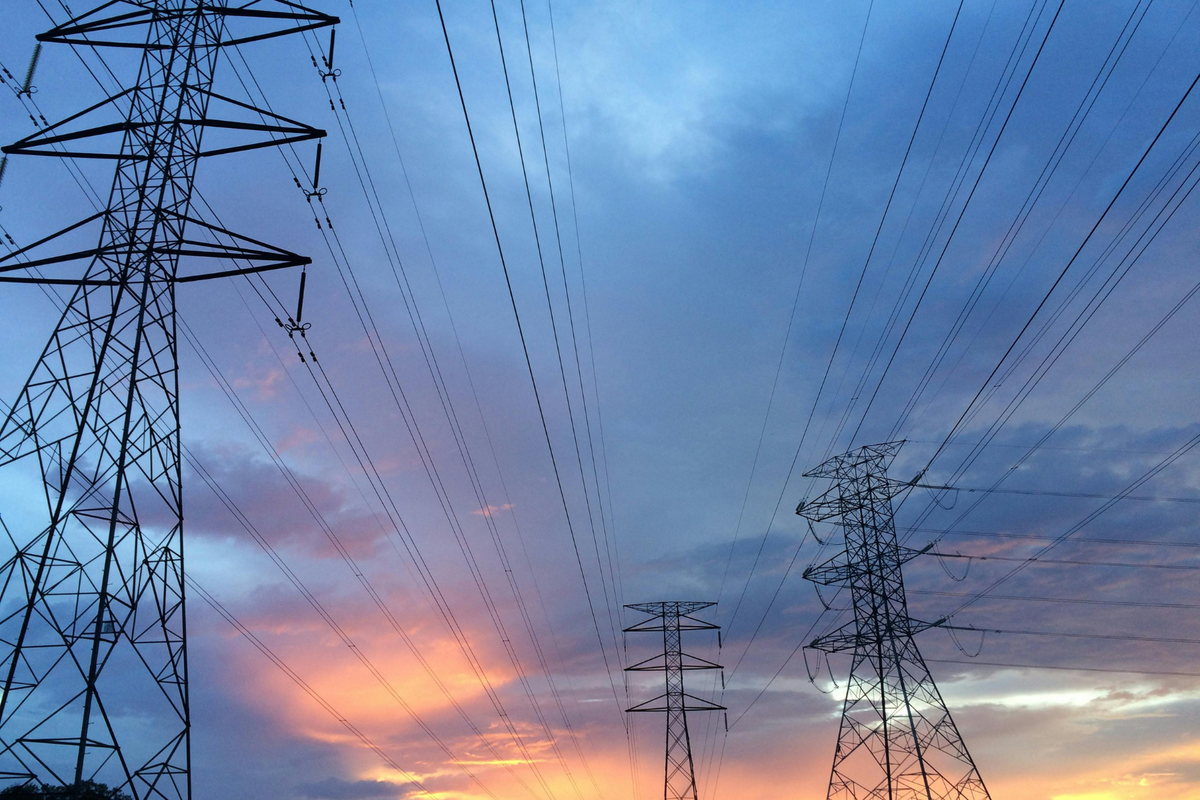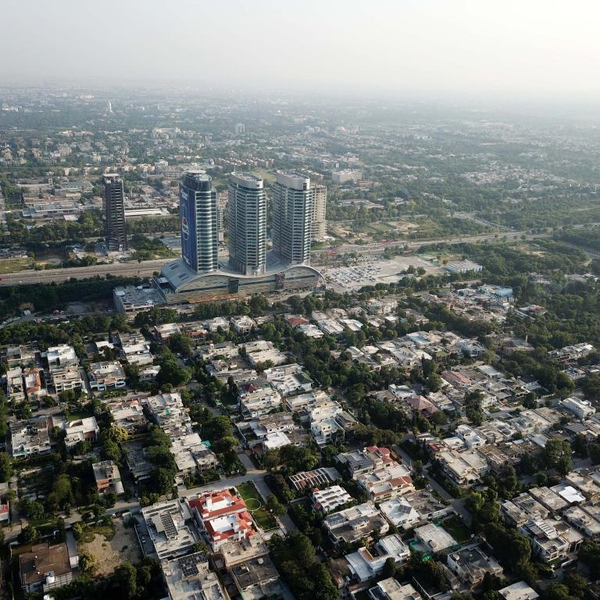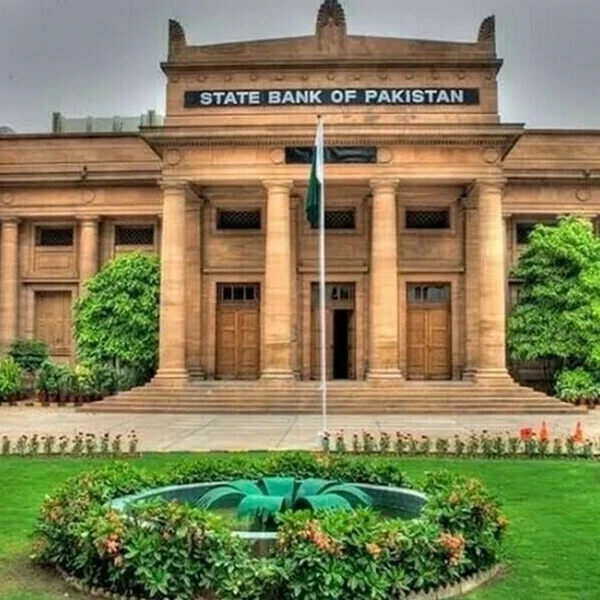Pakistan's circular debt drops to PKR 1.6B in June
Substantial drop seen in payables to power producers, which fell sharply to PKR 861B in June, down from PKR 1,600B a year earlier
Business Desk
The Business Desk tracks economic trends, market movements, and business developments, offering analysis of both local and global financial news.

Pakistan’s circular debt stock has dropped to PKR 1,614 billion as of June, marking a significant reduction from the previous year. The decline, according to official sources, is largely attributed to the government’s stock clearance initiative, under which PKR 801 billion was disbursed to power producers.
The circular debt—a long-standing issue in the power sector resulting from the gap between the cost of electricity and revenue recovery—has long strained the country’s fiscal space and investor confidence. This latest reduction signals a concerted push by the government to stabilize the sector.
A substantial drop was seen in payables to power producers, which fell sharply to PKR 861 billion in June, down from PKR 1,600 billion a year earlier. Similarly, GENCOs’ payables to fuel suppliers declined by 16%, now standing at PKR 93 billion. The amount parked in Power Holding Limited (PHL) also saw a modest improvement, decreasing by 3% to PKR 660 billion.
These figures reflect progress under various fiscal and administrative reforms aimed at curbing the accumulation of new debt and clearing existing liabilities.
Challenges persist
Despite the progress, the power sector continues to grapple with structural inefficiencies. Distribution Companies (DISCOs) remain a major source of financial leakage. Losses and inefficiencies in DISCO operations contributed PKR 265 billion to the circular debt in FY25. Additionally, under-recoveries by DISCOs—the shortfall in revenue collection—added another PKR 132 billion.
Experts caution that while debt clearance is a necessary step, long-term sustainability depends on deeper reforms, including improvements in governance, privatization or restructuring of DISCOs, and adjustments to the tariff system to reflect actual costs.
Understanding circular debt
Circular debt in Pakistan’s power sector typically arises from delayed or partial payments across the energy supply chain from consumers to DISCOs, and onwards to power producers and fuel suppliers. Over time, this creates a self-perpetuating cycle that hampers the financial health of the entire energy ecosystem.
The issue has persisted for over a decade, with past attempts at reform often undermined by political and administrative constraints. The latest stock clearance move is seen as an effort to reset the financial landscape and create fiscal space for broader reforms.










Comments
See what people are discussing